Throughout history, many technologies have played crucial roles in shaping the world we live in today. While some of these innovations are no longer in widespread use, their impact remains undeniable. Here, we explore several forgotten technologies that have paved the way for modern advancements.
Pneumatic Tube Systems

Pneumatic tube systems, invented in the 19th century, used air pressure to transport small packages and documents quickly within buildings or across cities. This technology was essential for communication in banks, post offices, and large companies before electronic messaging became prevalent. Its efficient delivery method laid the groundwork for modern logistics and internal mail systems. Today, remnants of these systems can still be found in some hospitals and large buildings.
The Jacquard Loom
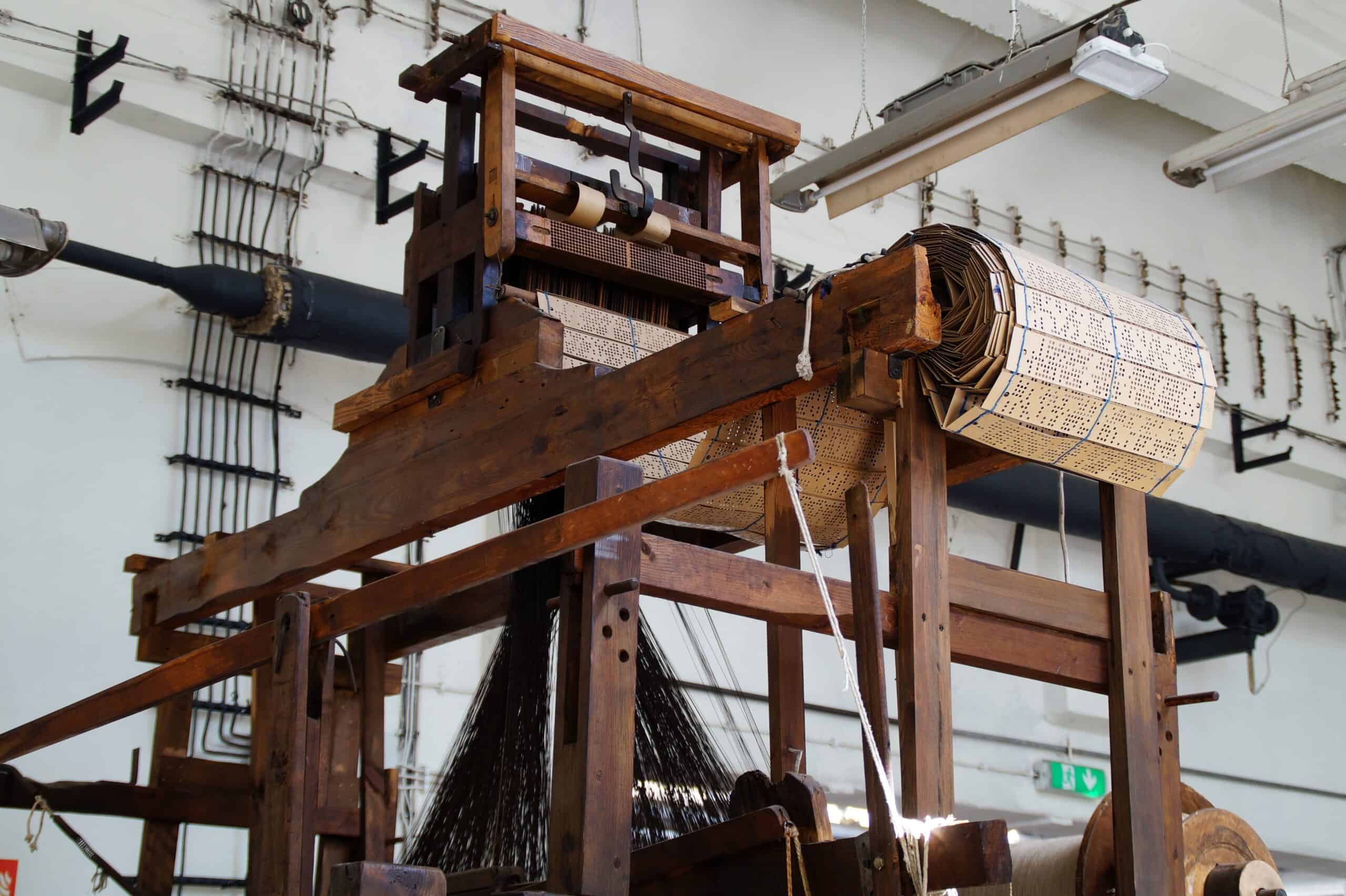
Joseph Marie Jacquard invented the Jacquard loom in 1804. It utilized punch cards to control the weaving of complex patterns in textiles. This innovation was a precursor to computer programming, influencing early computer design and automation in manufacturing. The loom’s ability to produce intricate designs revolutionized the textile industry. Its impact is seen in modern digital and automated textile production techniques.
The Telegraph
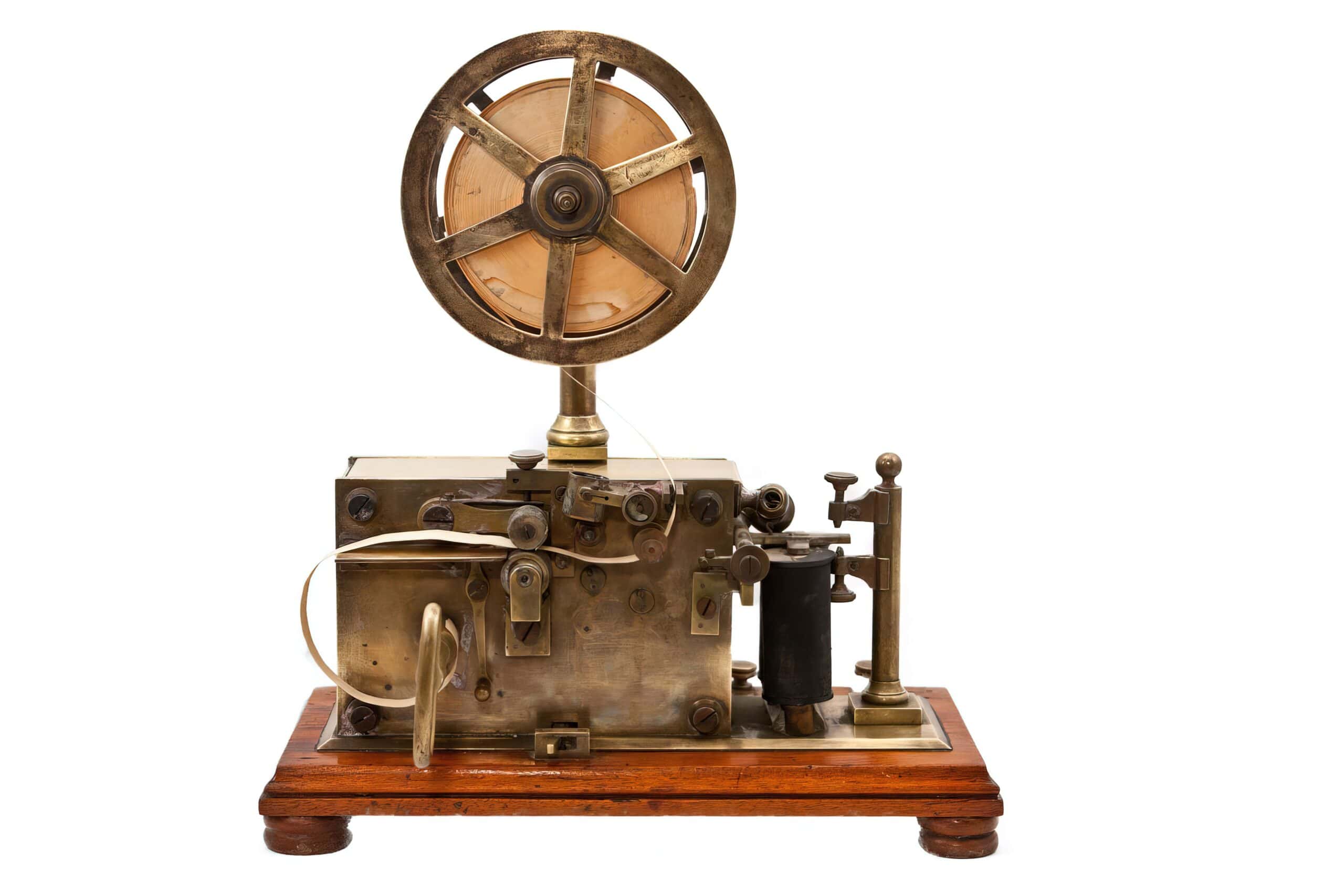
Samuel Morse’s telegraph, created in the 1830s, revolutionized long-distance communication. It transmitted electrical signals over wires, enabling instant messaging across great distances. This invention laid the foundation for the development of more advanced communication technologies like the telephone and the internet. The Morse code developed for the telegraph is still in use today in various forms of communication.
Vacuum Tubes

Vacuum tubes, essential in early electronics, controlled electric current flow in devices such as radios, televisions, and the first computers. Invented in the early 20th century, these tubes were crucial before transistors took over. They played a vital role in the advancement of modern electronics. Early computers, like ENIAC, relied heavily on vacuum tubes for processing power.
The Spinning Jenny
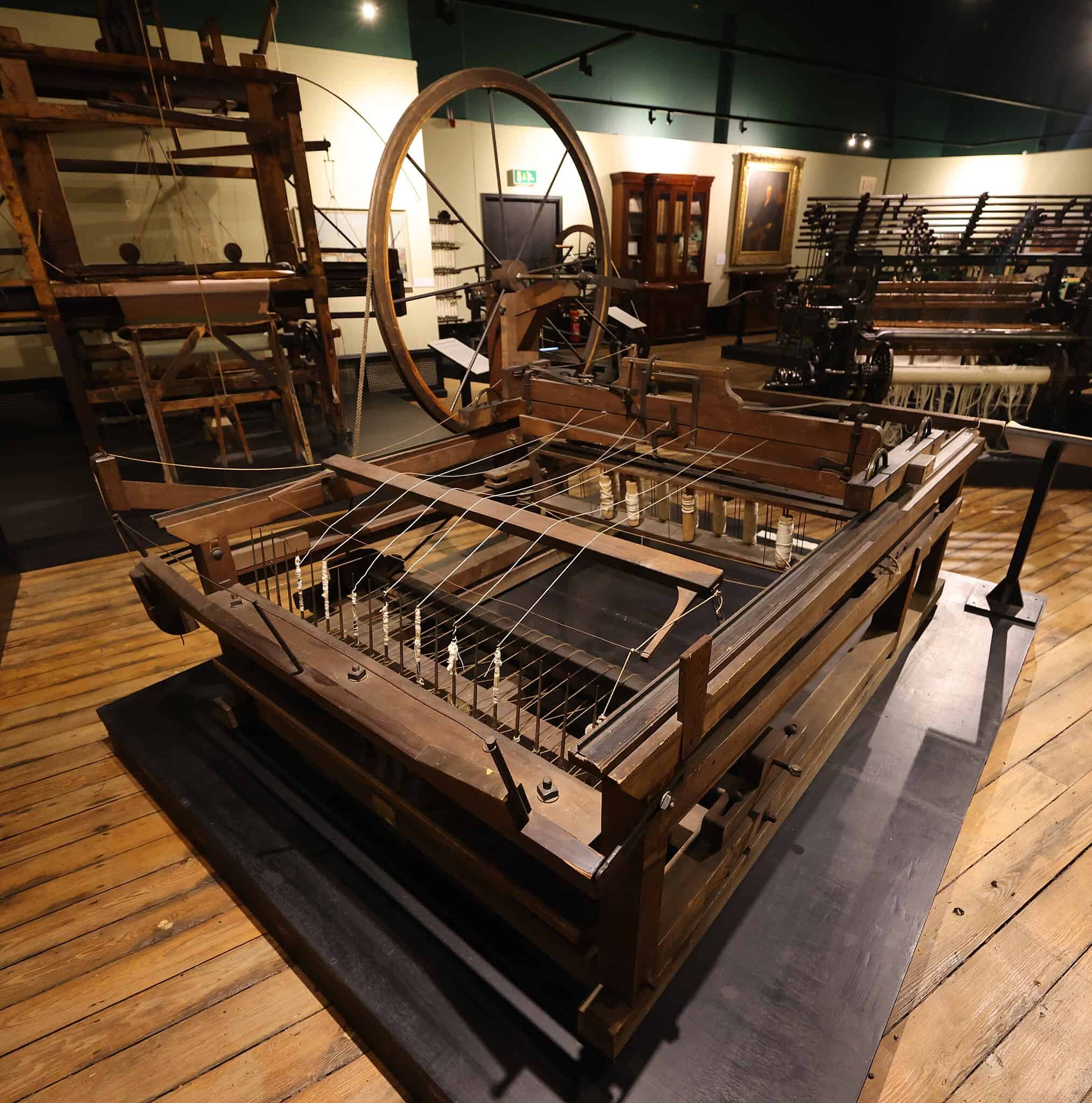
James Hargreaves invented the Spinning Jenny in 1764. This device allowed a single worker to spin multiple spools of thread simultaneously, vastly increasing textile production efficiency. It was a key driver of the Industrial Revolution, transforming the textile industry. The invention spurred further innovations in textile machinery, leading to the development of more advanced spinning and weaving technologies.
The Bessemer Process

Henry Bessemer developed the Bessemer process in the mid-19th century. This steel-making method involved blowing air through molten iron to remove impurities. It enabled the mass production of steel, which was critical for constructing railroads, buildings, and infrastructure, revolutionizing modern construction and manufacturing. The process made steel more affordable and accessible, contributing to rapid industrial growth.
Phonautograph
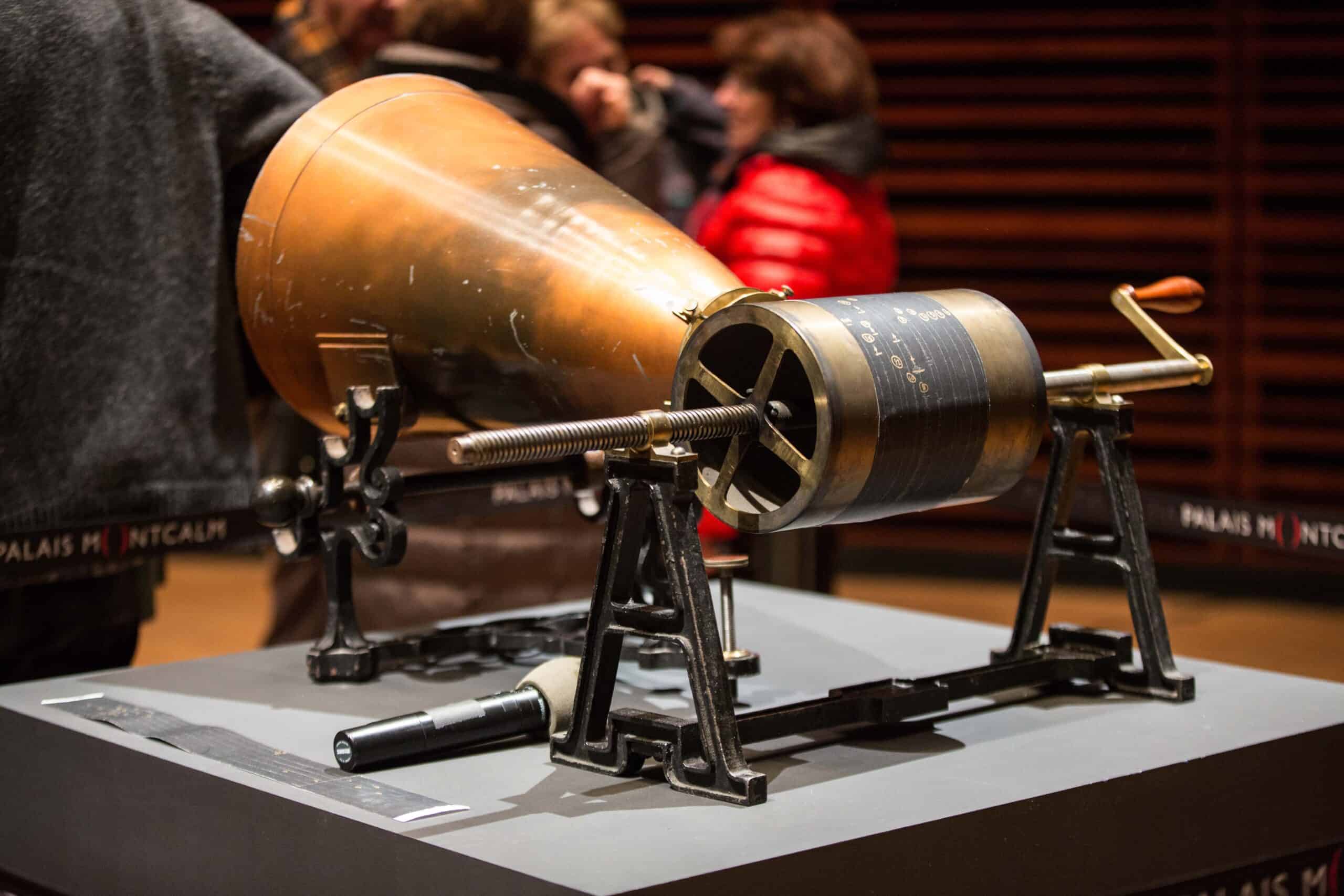
Édouard-Léon Scott de Martinville invented the phonautograph in 1857. It recorded sound vibrations visually, although it couldn’t play back the sound. This device was a precursor to the phonograph and contributed to the study of acoustics and sound recording, paving the way for modern audio technology. The original phonautograms were later played back using modern technology, revealing their historical significance.
The Water Wheel

Used since ancient times, water wheels harnessed the power of flowing water to perform mechanical tasks such as grinding grain and powering mills. This technology played a significant role in the development of agriculture and early industry. Its ability to convert natural energy sources into mechanical power laid the groundwork for later innovations in energy use. Water wheels also inspired the development of hydroelectric power, a major energy source today.
The Slide Rule
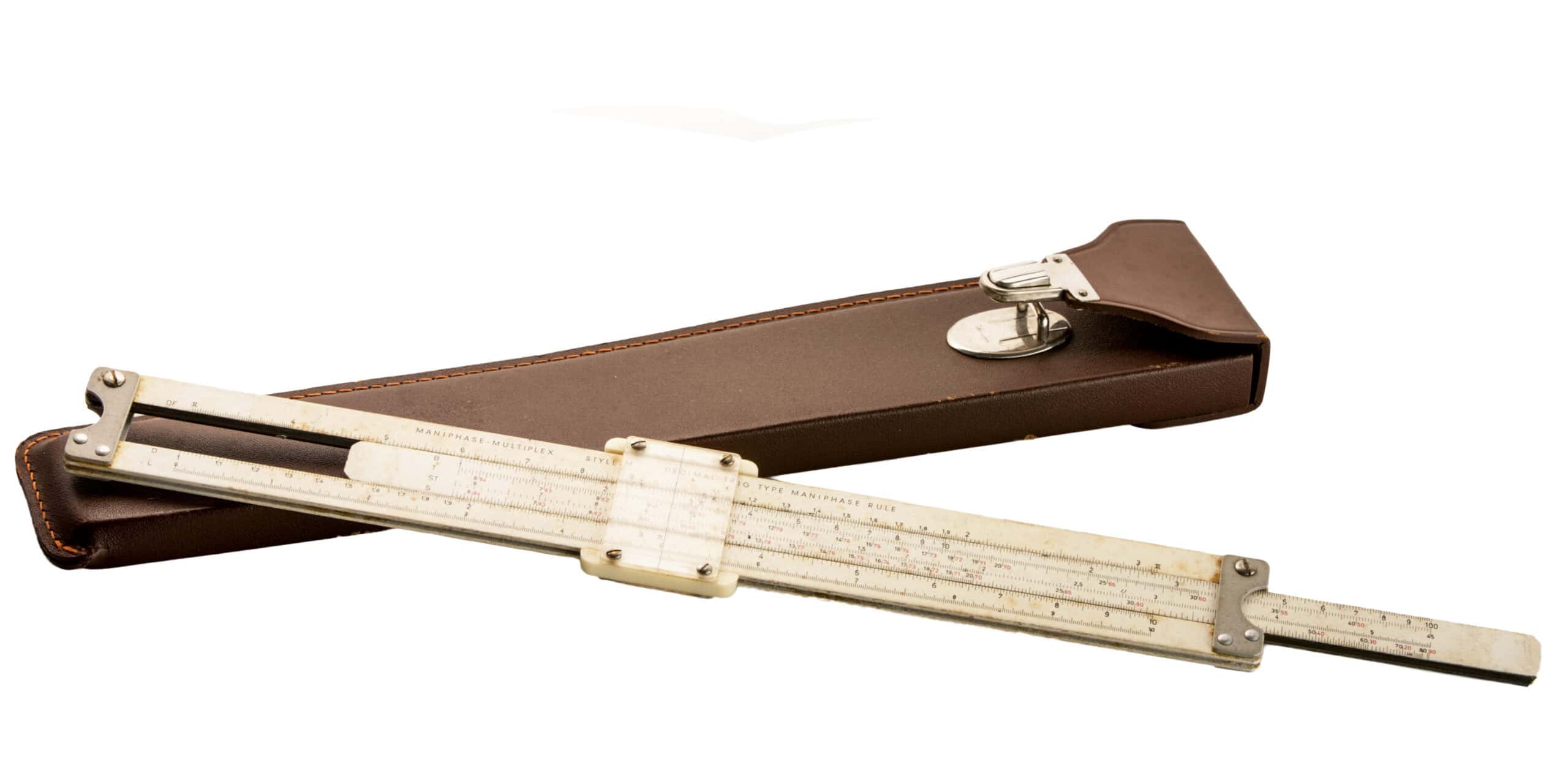
The slide rule, invented in the 17th century by William Oughtred, became essential for calculations. Engineers and scientists relied on it for complex mathematical operations until the 1970s. This tool facilitated complex calculations, greatly improving efficiency in various fields. The slide rule laid the groundwork for modern electronic calculators, revolutionizing engineering and physics. Its precision and versatility made it indispensable for decades. The slide rule’s legacy continues in the precision and speed of contemporary computing devices.
Sextants
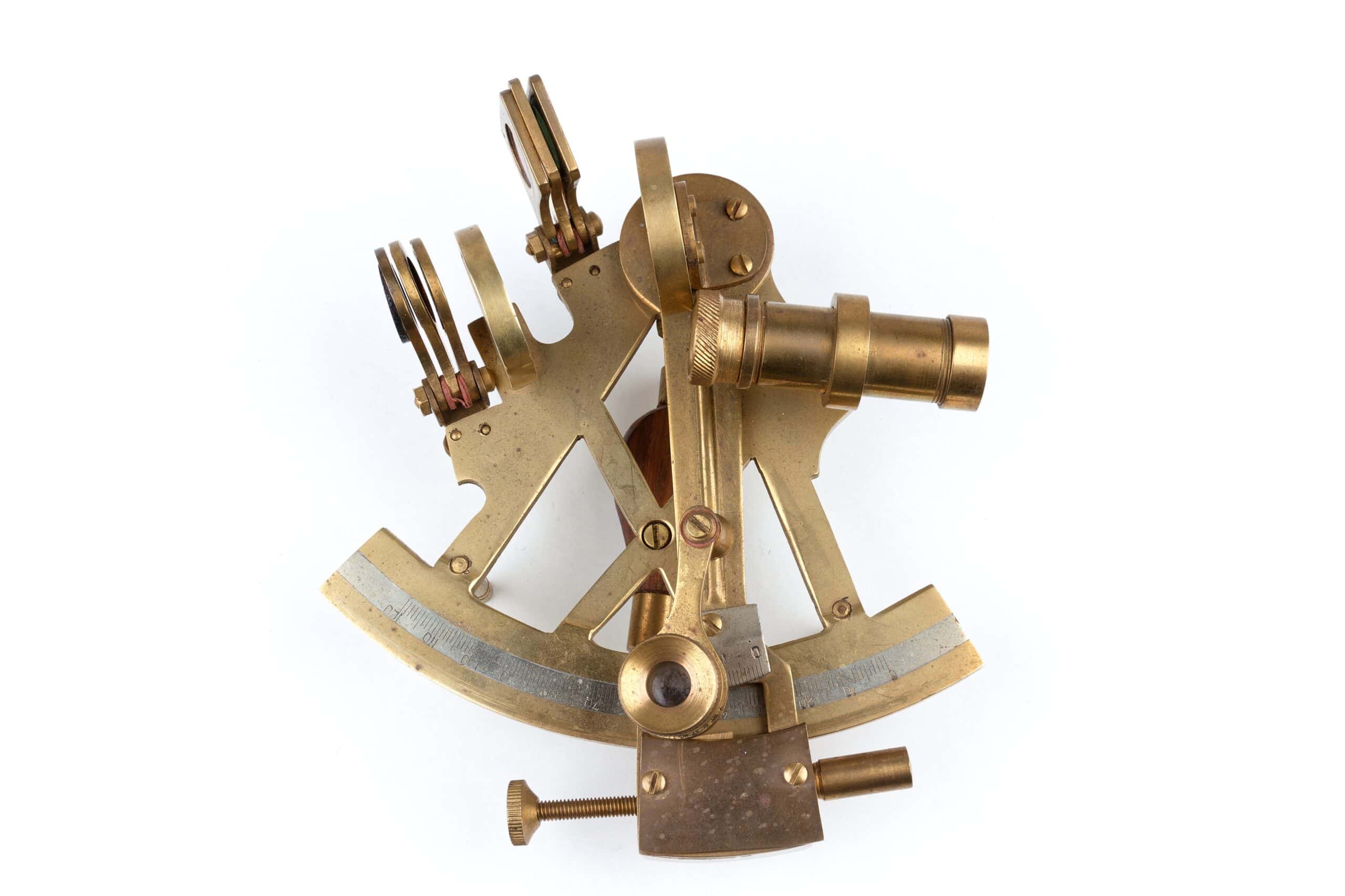
Sextants, invented in the 18th century by John Hadley, revolutionized navigation. These instruments measured the angle between two visible objects, crucial for determining a sailor’s location. By providing accurate latitude and longitude measurements, sextants transformed sea travel and exploration. They made long-distance maritime navigation safer and more reliable. The technology paved the way for the development of modern GPS systems. Today, sextants symbolize the ingenuity of early navigational tools.
The Abacus
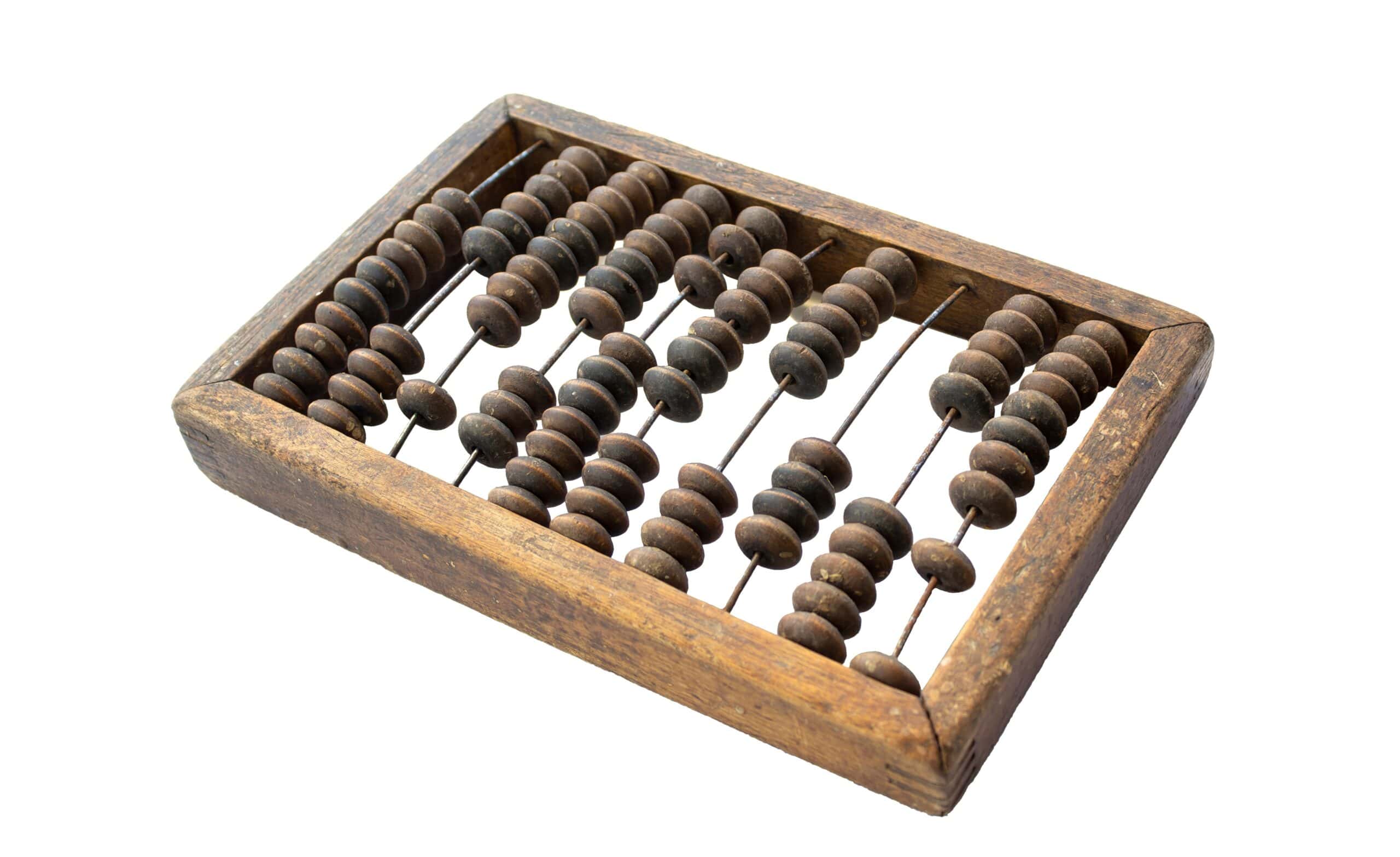
The abacus, used for centuries in various cultures, stands as one of the earliest calculating tools. This device allowed users to perform arithmetic operations efficiently and quickly. Its simplicity and effectiveness influenced the development of modern computing devices. The abacus laid the foundation for calculators and computers. This tool made arithmetic accessible to many, from merchants to scholars. Its legacy is seen in the fundamental concepts of digital computing.
Steam Engines
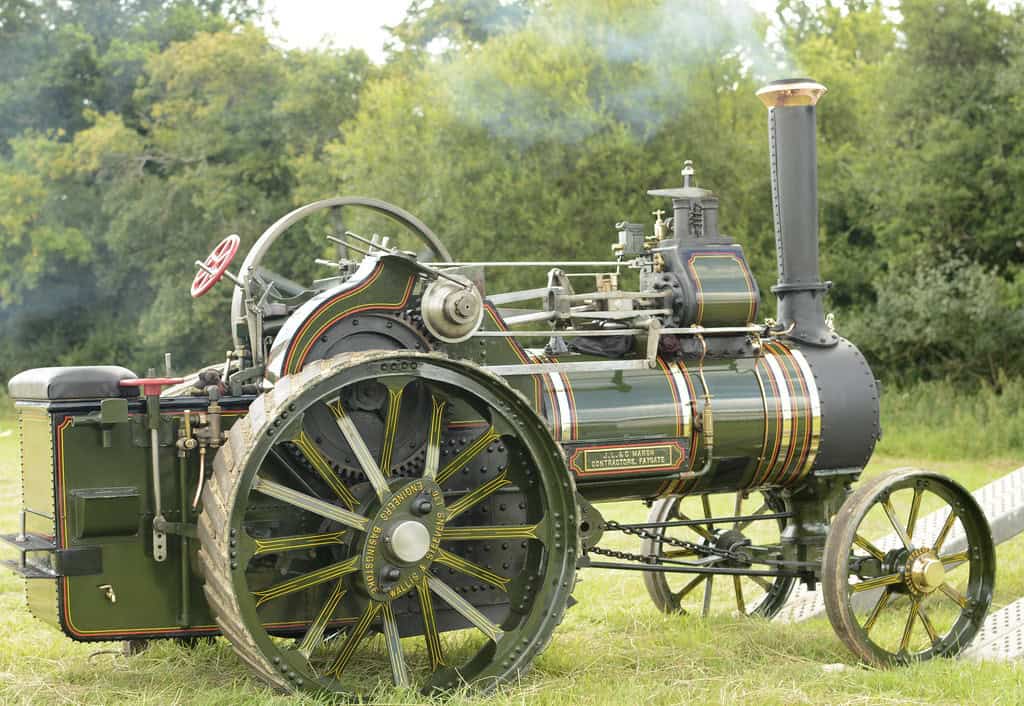
Developed in the late 17th and early 18th centuries, steam engines converted heat from burning fuel into mechanical work. They powered trains, ships, and factories, driving industrial progress. Steam engines played a pivotal role in the Industrial Revolution. They changed transportation and industry by providing reliable power. Modern engines and industrial machinery owe their existence to this innovation. The steam engine’s impact on society and technology remains profound.
The Enigma Machine
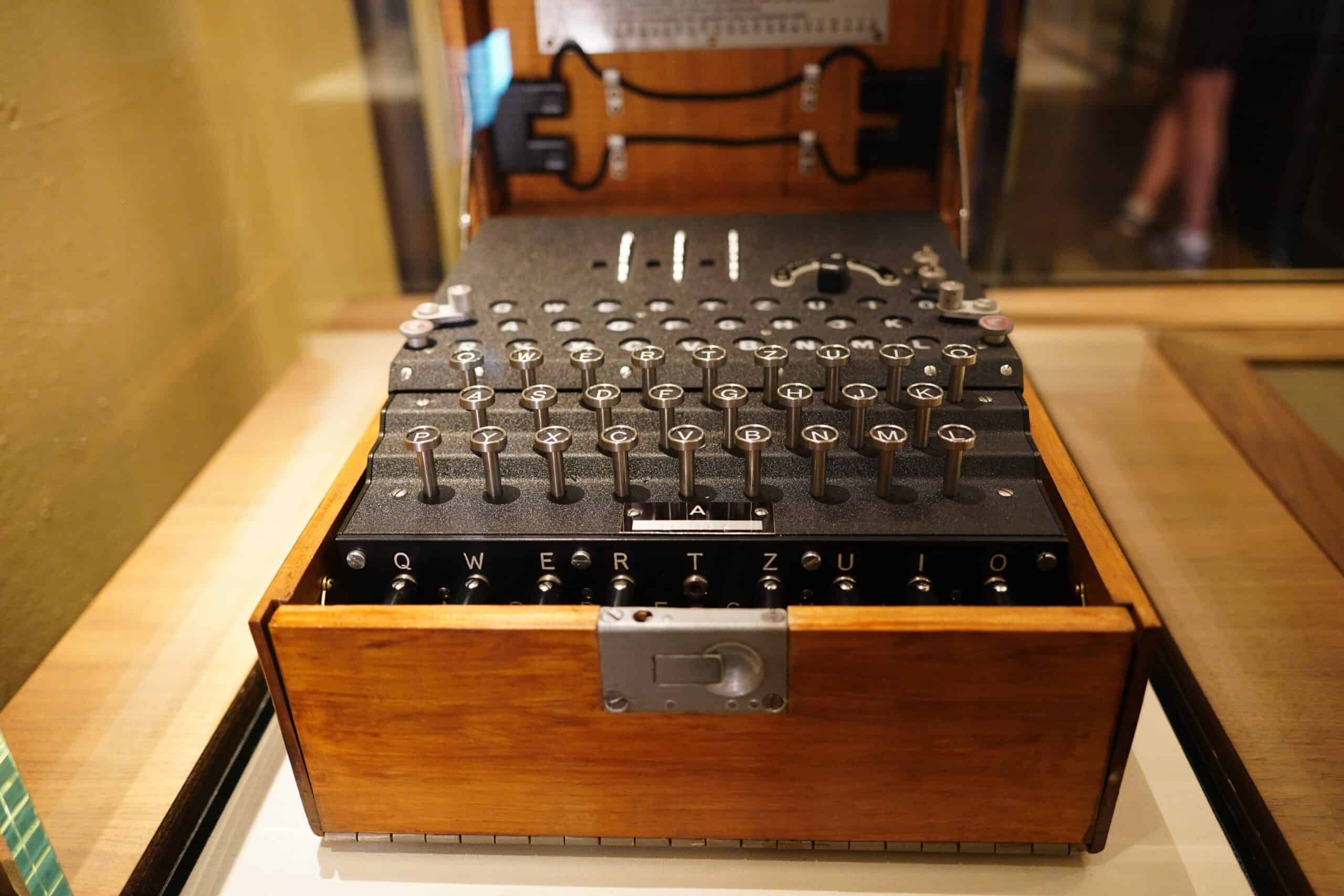
The Enigma machine, used by Nazi Germany during World War II, encrypted communications with intricate codes. Its cryptographic technology was groundbreaking for its time. The Enigma machine led to the development of early computers and advancements in code-breaking. It significantly influenced modern cybersecurity. This device’s deciphering by the Allies contributed to the outcome of World War II. Its legacy continues in the fields of cryptography and information security.
Player Pianos

Player pianos, popular in the late 19th and early 20th centuries, used perforated paper rolls to play music automatically. They brought music into homes without needing a live performer. Player pianos paved the way for modern digital music technology and entertainment. They made music accessible to many, transforming the music industry. This innovation allowed people to enjoy a wide range of music effortlessly. The player piano’s influence is evident in today’s automated and digital music systems.
The Kodak Brownie Camera

The Kodak Brownie camera, introduced in 1900 by Eastman Kodak, democratized photography. Affordable and easy to use, it allowed the masses to capture moments. This camera revolutionized personal photography, making it a part of everyday life. The Kodak Brownie laid the groundwork for the modern camera industry. It spurred the growth of amateur photography and photojournalism. Its impact on visual culture and memory preservation is undeniable.
The Ticker Tape Machine
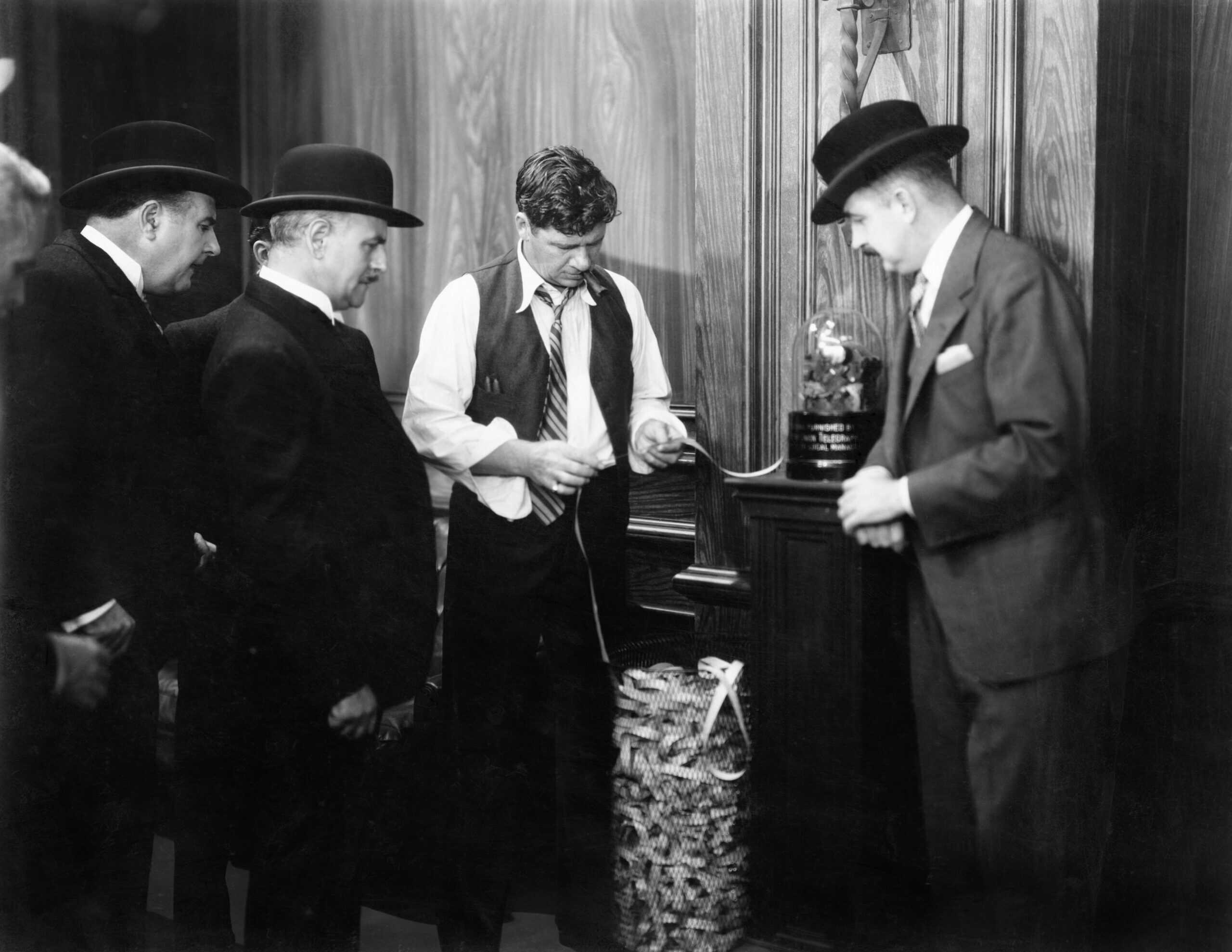
The ticker tape machine, invented in 1867 by Edward A. Calahan, transmitted stock price information over telegraph lines. Essential for stock exchanges, it modernized financial communication. Ticker tape machines provided real-time stock price updates, transforming market operations. They brought efficiency and transparency to financial markets. This innovation paved the way for electronic trading systems. The ticker tape machine’s legacy endures in the speed and accuracy of today’s financial transactions.
The Iron Lung
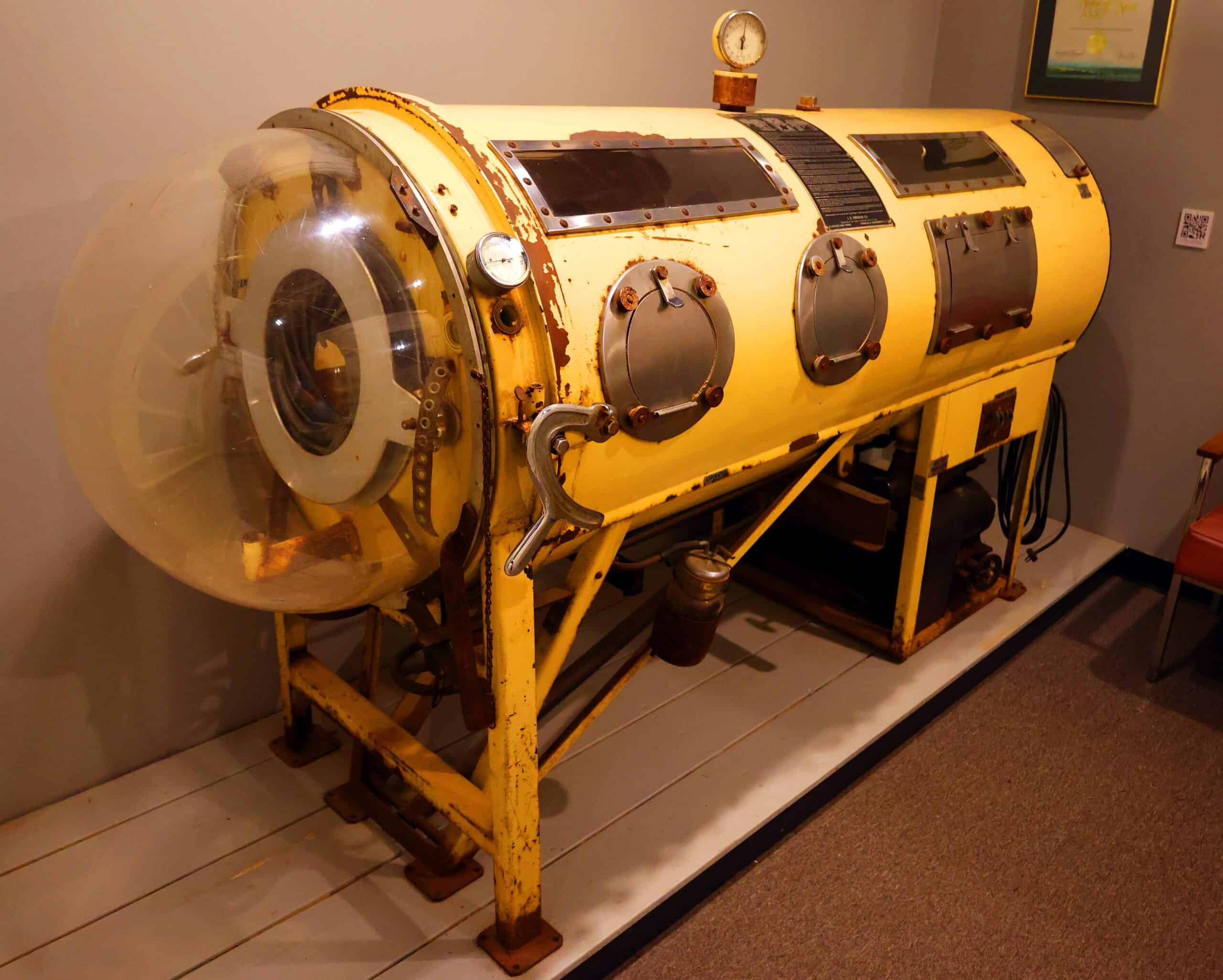
Developed in the 1920s, the iron lung was a mechanical respirator crucial for polio patients. It simulated natural breathing movements, helping patients breathe. This device marked a significant advancement in medical technology and critical care. The iron lung improved survival rates for those with severe respiratory conditions. It influenced the development of modern respiratory devices and ventilators. Its impact on medical treatment and patient care is profound.
This article originally appeared on Rarest.org.
More from Rarest.org
1961 Roosevelt Dime Value Guide
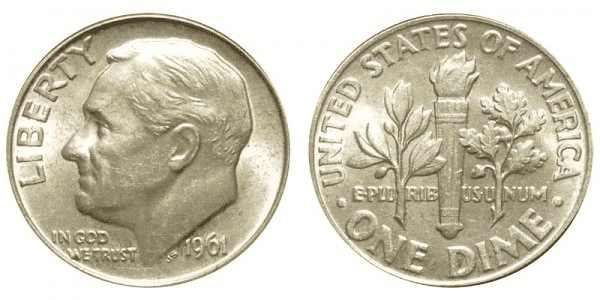
The 1961 Roosevelt dime is composed of 90 percent silver and 10 percent copper. The Roosevelt dime was first issued in 1946. At that time, it was made of silver and copper. Read More.
1946 Wheat Penny Value Guide

Do you have an interest in collecting coins issued in the 1940s? If so, then you’re in the right place! In this guide, we will discuss the 1946 Lincoln Wheat Penny. Read More.
1959 Lincoln Penny Value Guide

The 1959 Lincoln penny is made of 95% copper and 5% tin and zinc. It has a plain edge, a weight of 3.11 grams, and a diameter of 19 millimeters. Read More.
